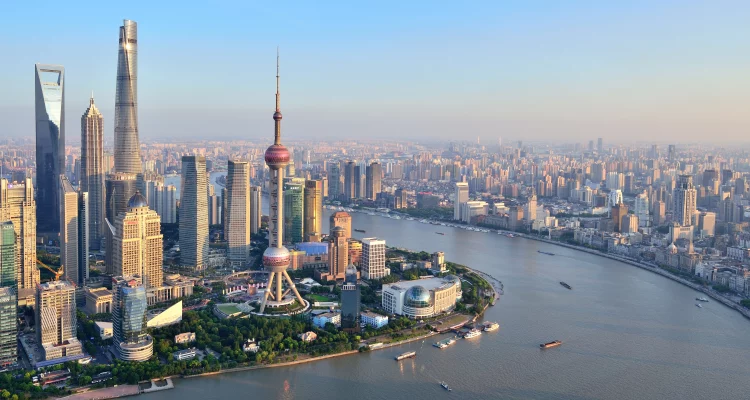China’s ascent to becoming a predominant power in the world order is marked by an intricate geopolitical landscape, characterized by its interactions with the United States, India, and Japan, its strengthening ties with Russia, and its expanding economic and investment footprint in Asia, Latin America, and Africa.
1. Navigating Tensions with the United States:
The most significant geopolitical challenge for China arises from its relationship with the United States. This rivalry encompasses trade, technology, military, and ideological dimensions. The U.S. has expressed concerns over China’s trade practices, leading to the trade war initiated under the Trump administration. The Biden administration continues to view China as a strategic competitor, particularly in technology sectors like 5G, AI, and semiconductor manufacturing.
The U.S. has also been critical of China’s human rights record, particularly in Xinjiang and Hong Kong, further straining relations. Militarily, the U.S. has increased its focus on the Indo-Pacific region, seen as a counterbalance to China’s growing assertiveness in the South China Sea and Taiwan.
2. Managing the India Factor:
India represents a unique challenge for China, primarily due to border disputes and India’s strategic alignment with the U.S. The clashes in the Galwan Valley in 2020 marked a significant deterioration in Sino-Indian relations. Furthermore, India’s participation in the Quad (alongside the U.S., Japan, and Australia) and its move towards more significant defense cooperation with the U.S. are seen as strategic countermeasures to China’s influence in the Indo-Pacific.
3. Balancing Japan’s Role:
Japan, as a key U.S. ally and a major Asian economy, poses another geopolitical challenge for China. Historical tensions, territorial disputes in the East China Sea, and Japan’s role in initiatives like the Quad and the Free and Open Indo-Pacific strategy reflect the complex Sino-Japanese relationship.
4. Deepening Ties with Russia:
In contrast, China’s relationship with Russia has been strengthening, offering mutual benefits against the backdrop of strained relations with the West. This partnership is characterized by increased cooperation in energy, defense, and technology. The Russia-China axis presents a unified front in international forums against what they perceive as Western hegemony.
5. Economic Expansion in Asia, Africa, and Latin America:
Economically, China’s Belt and Road Initiative (BRI) has significantly expanded its influence in Asia, Africa, and Latin America. Through infrastructure investments and loans, China has gained substantial leverage in these regions. However, this has also led to accusations of debt-trap diplomacy and concerns over China’s strategic intentions.
In Africa and Latin America, China’s investment in natural resources, infrastructure, and technology has established it as a key economic partner, challenging traditional U.S. and European influence.
6. Conclusion:
China’s journey to becoming the most influential country in the world order is fraught with challenges and opposition from established powers, regional dynamics, and global governance issues. To navigate this complex environment, China must balance assertiveness with diplomatic engagement, expand its economic influence while addressing concerns of debt-trap diplomacy, and manage its strategic relationships, particularly with the U.S., India, and Japan. How effectively China addresses these challenges will significantly influence its position in the global order.


